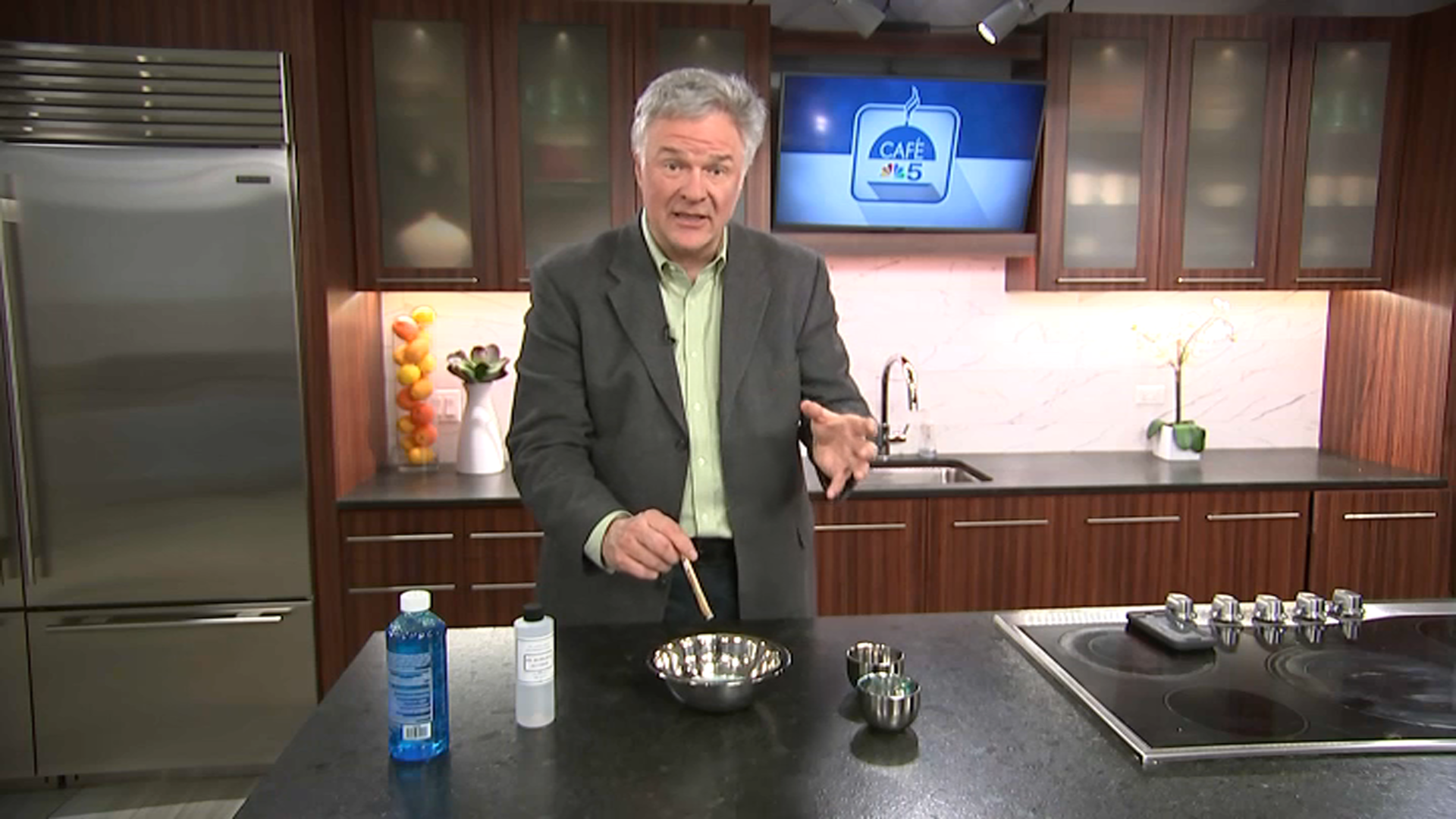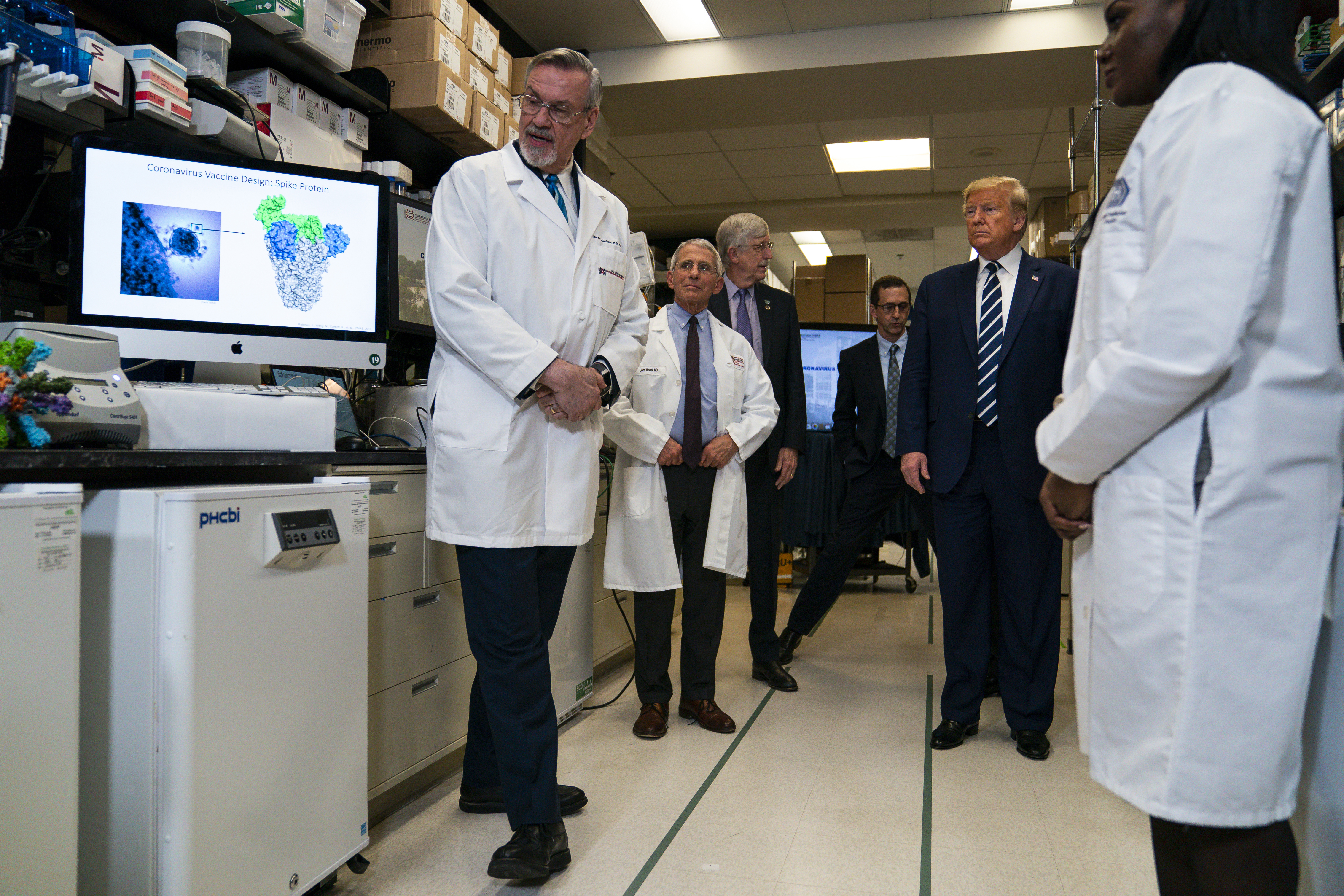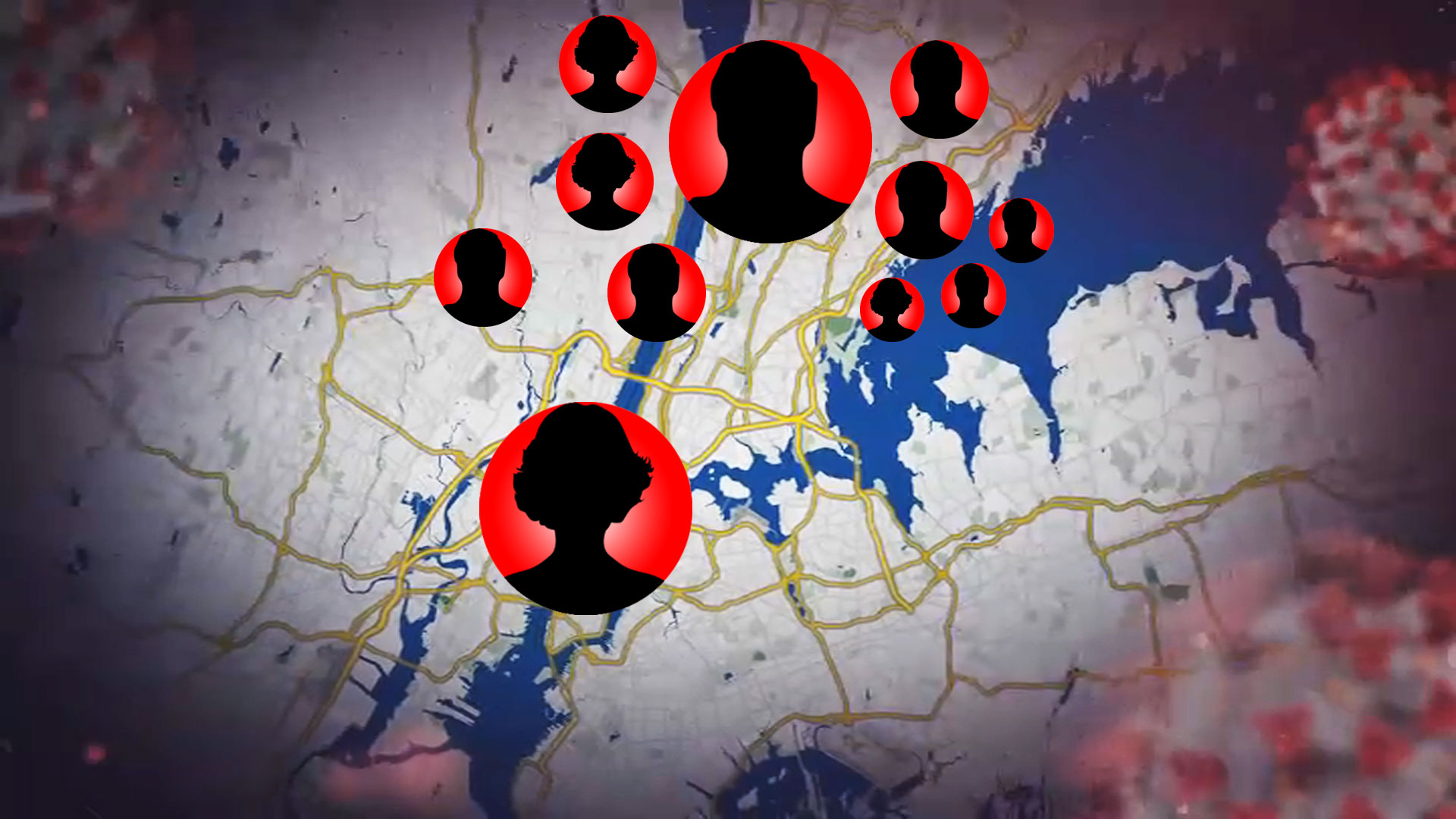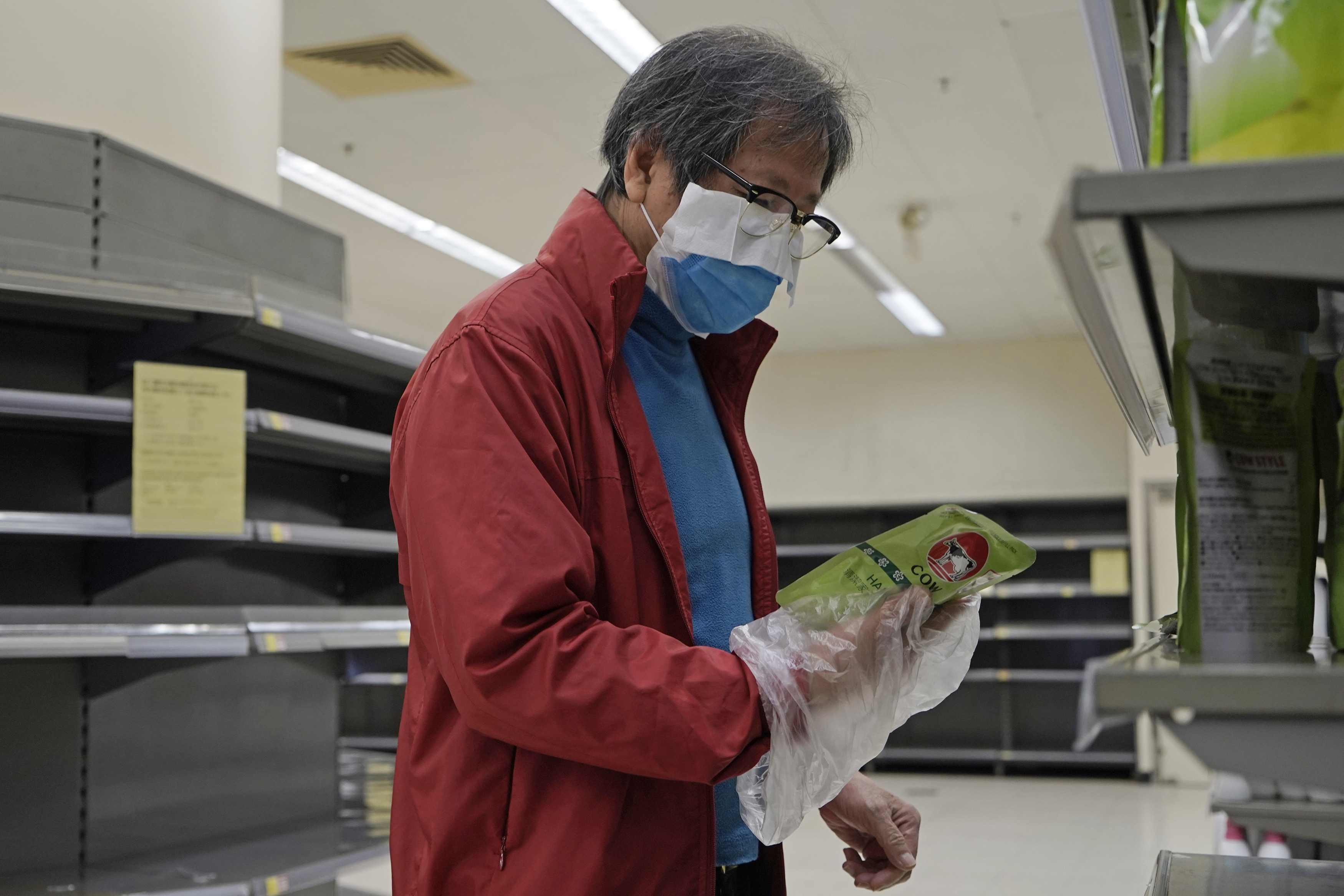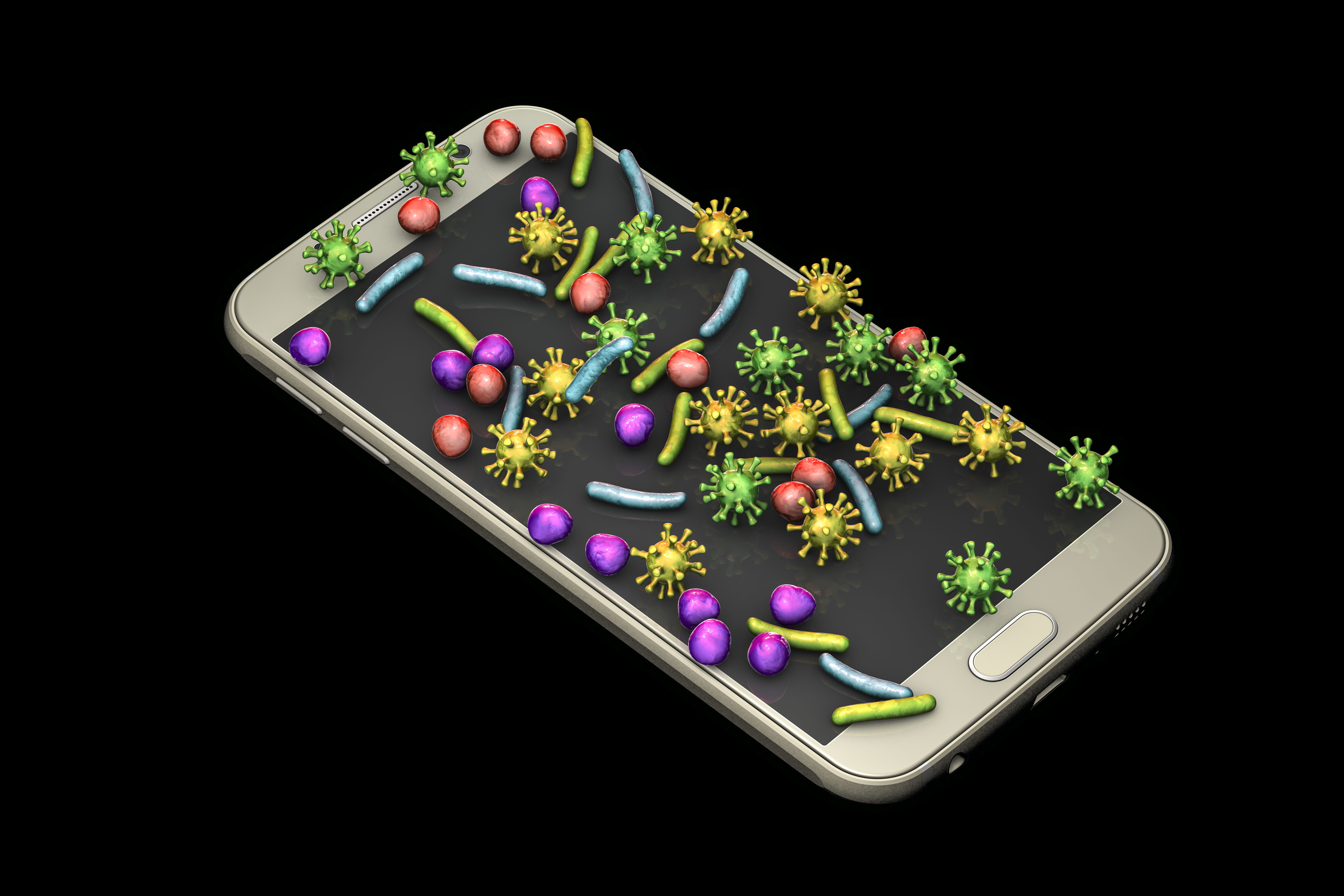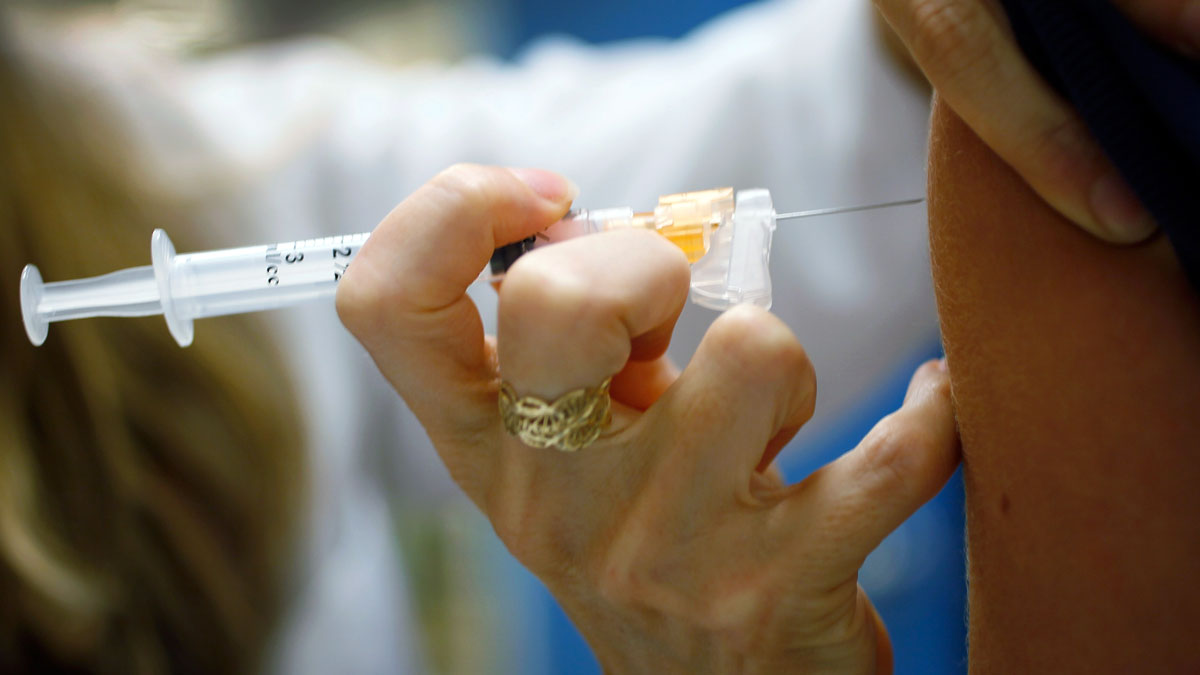What to Know
- The number of novel coronavirus cases is expected to grow over the weekend, as more testing is done and results continue to come in less than a week after the first local case was reported
- New York was up to 89 cases as of Saturday evening, the vast majority of which were in Westchester County and tied to a lawyer who works in midtown Manhattan
- New Jersey had four positive samples that had been sent to the CDC for confirmation; Connecticut was connected to two of NY's positive cases, but no resident has yet been infected
More results from state-run testing for the novel coronavirus continue to come in, and as a result the tri-state is seeing the number of confirmed cases increase exponentially with each passing day.
Overall, there have been at least 93 total cases found in New York, New Jersey and Connecticut, with the biggest portion of infected patients coming from Westchester County. There have been 70 people to test positive there, Gov. Andrew Cuomo said Saturday, almost all of which are connected to the cluster that started with the midtown Manhattan lawyer, the first case of community spread.
Cuomo declared a state of emergency after announcing the new New York State totals on Saturday afternoon.
While health officials have sought to emphasize that most cases are mild and the overall risk to the general public is quite low, officials have already asked thousands of people in recent weeks to quarantine themselves, putting others in a mandatory isolation.
A few schools and college campuses have closed for cleaning. Community events have been canceled out of an abundance of caution. Local governments are implementing changes — some major, some minor — that may impact the daily lives of people who will never get COVID-19. Here's a breakdown of what's happening in that regard by state.
New York
New York State added 21 new cases Saturday morning and an additional 13 cases Saturday evening, bringing the state's total to 89, Cuomo said Saturday. Those 89 cases include 11 in New York City, 70 in Westchester County, two in Rockland County, four in Nassau County and two in Saratoga County, Cuomo said.
Two of the new cases in New York City involved people who "got off a cruise ship," Cuomo noted; five "appeared to be community-spread," one of whom is an Uber driver being treated at a hospital in the Rockaways, marking the first reported novel coronavirus case in Queens.
One of the confirmed patients in Saratoga County is a 57-year-old pharmacist, while the other is a 52-year-old woman who was in contact with a "positive person from Pennsylvania" at a conference in Miami, Cuomo said.
Of those who were found to have the coronavirus was the rabbi of Young Israel of New Rochelle, Reuven Fink, according to a statement posted Friday on the website of Yeshiva University, where Fink teaches two courses. He said he was doing "reasonably well" and advised anyone who had contact with him to contact their health provider as a precaution. The synagogue said on its website it will be closed through Sunday.
However, other counties are starting to see their totals inch up as well. One of the new Manhattan patients is a man in his 50s who lives on the Upper West Side and is presenting mild symptoms, de Blasio said. The man is married with three pre-teen daughters — all of whom also exhibited mild symptoms, but it wasn't confirmed if they had the virus. Disease detectives are working to learn more about any close contacts he may have had while contagious.
At least two patients are currently being treated in intensive care units in Manhattan. One of the patients from Thursday, a man in his 40s, was discharged from the hospital and put into isolation at his home. The woman in her 80s was still hospitalized.
The city got back results for three teachers who had recently traveled to Italy. A teacher at James Madison High School in Brooklyn was negative, as were two other teachers at P.S. 369 in Brooklyn and P.S. 130 in Lower Manhattan.
Financial and insurance company TIAA sent a memo to employees saying that one of their employees at their offices on Lexington Avenue had tested positive for coronavirus after coming in contact with an already infected individual. That office was closed for cleaning, and would re-open on March 12.
Latest Coronavirus News
There were also three new cases in Nassau County, all adults who are related to the man who was the county's first positive case on Thursday. None of the cases there were connected to the New Rochelle cases.
The two Rockland County cases were from a man and a woman who worked at a bat mitzvah at the synagogue.
As of Saturday morning, de Blasio said 2,255 people statewide were under voluntary quarantine and 18 people in New York City were under mandatory quarantine.
Those people have either A) Tested positive; B) Had direct contact (within 6 feet) with a person who has tested positive; C) Returned from a country with CDC travel health levels 2 or 3, the countries in the hotbed of the outbreak; or D) Is deemed in need of quarantine by a local health provider and local health department. Officials will coordinate with the state Department of Health to make that determination, the governor said.
Many positive tests in the state involve people with mild symptoms — or none at all. Most of the patients remain in isolation in their homes and have not required hospitalization — as officials have said, 80 percent of people who get coronavirus self-resolve with no additional treatment necessary.
Tracking the Virus -- and What's Next
New Jersey
In neighboring New Jersey, four people tested positive and the samples were sent to the CDC for confirmation. Those results were still pending federal confirmation as of Friday night.
One is a health care worker in his 30s who works in New York City and splits time between homes there and in New Jersey, officials said. It's not clear where he works or in what capacity. He's doing well in isolation at the hospital, officials say. Another woman tested positive in Bergen County, and was released into isolation at her home.
Two other cases in the state were announced Friday, including a man in his 60s in southern New Jersey's Camden County and a man in his 50s in Bergen County. Both have been hospitalized.
State officials on Saturday said that CDC confirmation of the four cases was expected by the end of the day. Four additional cases are being submitted for testing at a New Jersey lab, the officials said.
Cranford Public Schools announced its classes would be canceled on Monday, March 16, to give staff and administrators time to "develop strong and meaningful plans for your children in the event of school closures due to the coronavirus," a letter to parents read, in part. The day off will also give faculty time to clean and disinfect buildings.
The New Jersey State Department of Health has established a 24-hour coronavirus hotline to answer questions: 800-222-1222. New York has a similar hotline set up: 888-364-3065.
Connecticut
Connecticut was connected to its first case of coronavirus reported Friday night, however it still remained the only state in the area not yet to have a confirmed case. A Fairfield County nurse tested positive for COVID-19, according to Gov. Ned Lamont, however the woman is a Westchester County resident and is believed to have been exposed to the virus there.
And on Saturday, Lamont announced that a second New York State resident who works in Connecticut tested positive for COVID-19, noting that the person "is a community physician who made rounds at Bridgeport Hospital and did not show signs or symptoms of coronavirus while working with patients and stayed home to self-monitor."
It wasn't immediately clear whether or not those two patients were included in the New York State total Cuomo announced Saturday afternoon.
The Fairfield County nurse marked the 35th person in Westchester County to be infected with coronavirus. She is under self-quarantine at her New York home, but she may have come in contact with patients and staff at Danbury Hospital and Norwalk Hospital, where she worked. Officials are trying to find those she may have come into contact with.
Renee Coleman-Mitchell, the commissioner of Connecticut's Department of Public Health, said the case does not officially count as a Connecticut case.
Connecticut also has more than 200 people self-monitoring for symptoms of COVID-19. Gov. Lamont announced that he was asking the CDC to send more testing kits so the state could comply with updated federal guidance on who should be tested.
How to Protect Yourself
New York City's Health Department released the following guidance for people who recently traveled to China, Iran, Italy, Japan or South Korea -- or for anyone who experiences fever, cough or shortness of breath:
- Stay home — do not travel or go to work or school while sick
- Go to a health care provider and tell them about your travel history
- If you do not have a health care provider or insurance, call 311
- Avoid contact with others
- Wash hands often with soap and water for at least 20 seconds. Use an alcohol-based hand sanitizer if soap and water are not available
- Avoid touching your face with unwashed hands
Nationally, the CDC said that as of Friday it had a total of 164 cases reported by 19 states; in the vast majority of those cases, authorities aren't yet sure how the virus was contracted. Seventeen people have died, the most recent two coming from Florida.
The CDC only updates its numbers once a weekday, though, and the numbers reflect the agency's total as of 4 p.m. the previous day. The case total in the United States could be higher. NBC News reported it as being up to 333 cases nationwide as of early Saturday morning.
Worldwide, the virus has infected more than 100,000 people and killed over 3,400.
Quick Tips to Help Keep You Safe
CDC officials warned for weeks to expect a disruptive spread of the virus in America. Here's where we stand now as far as developing a vaccine.
On Friday, President Trump signed an $8.3 billion measure to fuel national efforts to combat the spread. The legislation provides sustenance for a multifaceted attack -- money for vaccines, tests, potential treatments and to help local governments respond -- on the virus.


